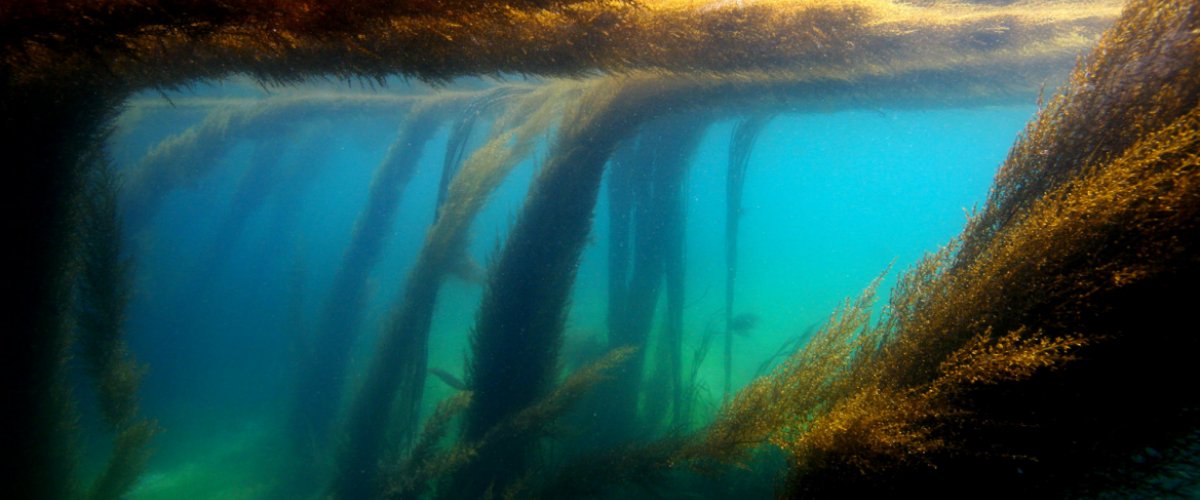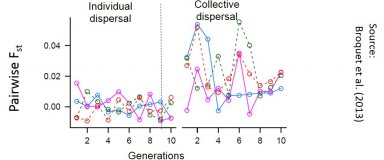Topic 2 - Gene flow within and between species
Gene flow within and between species
Population genetics
- To understand the effect of dispersal processes on the genetic structure of marine species. For instance, we are interested in the hypothesis that larval dispersal is not random and some genetically related larvae disperse collectively.
- To infer dispersal using genetic data at different spatial scales. For instance one of our objectives is to trace back the colonisation routes of introduced alien species.
- To study gene flow between species that are not fully reproductively isolated.
In addition to 'classical' genetic markers such as microsatellites (which we still find very insightful), the team uses genome-wide sequencing methods (e.g. RAD-seq) for genomic studies looking at:
- barriers to gene flow between closely related species (e.g. in marine isopods of the Jaera albifrons complex)
- secondary contacts between native and alien species (e.g. in ascidians such as Ciona sp.)
- the history of biological invasions (e.g. algae Sargassum muticum)
- potential for local adaptation (e.g. algae Undaria pinnatifida)









